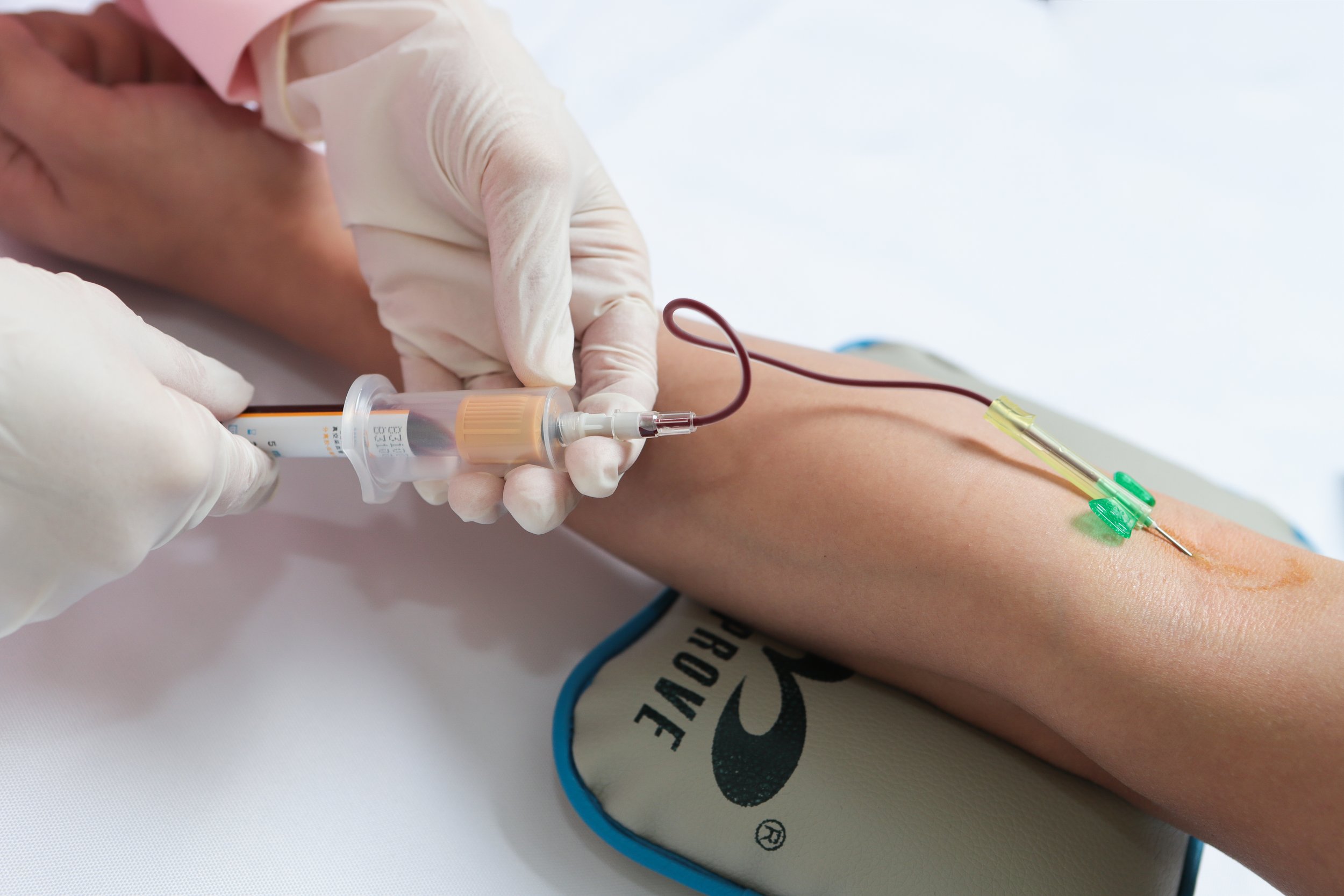Cultural Considerations in Phlebotomy for Chinese Patients in the United States
Summary
- Understanding cultural norms and beliefs is crucial for providing quality care to Chinese patients in the United States.
- Communication barriers may arise due to language differences, which can impact the phlebotomy process.
- Awareness of traditional Chinese medicine practices and beliefs can help improve patient trust and cooperation during phlebotomy procedures.
Introduction
As a medical professional in the United States, it is important to be aware of the cultural considerations when providing care to patients from different backgrounds. When it comes to performing phlebotomy procedures on Chinese patients, understanding their cultural beliefs and practices can greatly impact the overall experience and outcomes. In this article, we will explore the key cultural considerations that healthcare professionals should be aware of when performing phlebotomy on Chinese patients in the United States.
Language and Communication
One of the primary challenges when working with Chinese patients is the language barrier. Many Chinese patients may have limited proficiency in English, making it difficult to effectively communicate during phlebotomy procedures. It is important to use simple language, speak slowly, and use visual aids when explaining the procedure to ensure that the patient understands what is happening.
Tips for Effective Communication
- Use simple and clear language.
- Speak slowly and clearly.
- Use visual aids or gestures to enhance understanding.
- Ask open-ended questions to encourage the patient to express any concerns or questions.
Cultural Beliefs and Practices
Chinese culture places a strong emphasis on holistic health and balance. Traditional Chinese medicine (TCM) practices, such as acupuncture and herbal remedies, are commonly used to maintain health and well-being. When performing phlebotomy on Chinese patients, it is important to be aware of these beliefs and practices to ensure that the patient feels comfortable and respected during the procedure.
Awareness of Traditional Chinese Medicine
- Understand the principles of TCM and its role in maintaining health.
- Respect the patient's beliefs in TCM practices and remedies.
- Consider incorporating TCM principles into the phlebotomy process, such as creating a calming environment or using acupuncture to alleviate anxiety.
Respect for Privacy and Modesty
Chinese culture places a high value on privacy and modesty, particularly when it comes to medical procedures. When performing phlebotomy on Chinese patients, it is important to respect their need for privacy and ensure that they feel comfortable and dignified throughout the process. This can help build trust and rapport with the patient, leading to a more positive experience overall.
Tips for Respecting Privacy
- Provide a private area for the procedure whenever possible.
- Use drapes or curtains to maintain the patient's privacy during the phlebotomy process.
- Explain each step of the procedure and provide reassurance to alleviate any concerns the patient may have.
Conclusion
When performing phlebotomy procedures on Chinese patients in the United States, it is important to be aware of their cultural beliefs and practices to provide quality care. By understanding the language and communication barriers, respecting their traditional Chinese medicine practices, and ensuring privacy and modesty throughout the procedure, healthcare professionals can create a more positive and comfortable experience for Chinese patients. By acknowledging and honoring their cultural considerations, healthcare professionals can build trust and rapport with Chinese patients, ultimately leading to better outcomes and Patient Satisfaction.

Disclaimer: The content provided on this blog is for informational purposes only, reflecting the personal opinions and insights of the author(s) on the topics. The information provided should not be used for diagnosing or treating a health problem or disease, and those seeking personal medical advice should consult with a licensed physician. Always seek the advice of your doctor or other qualified health provider regarding a medical condition. Never disregard professional medical advice or delay in seeking it because of something you have read on this website. If you think you may have a medical emergency, call 911 or go to the nearest emergency room immediately. No physician-patient relationship is created by this web site or its use. No contributors to this web site make any representations, express or implied, with respect to the information provided herein or to its use. While we strive to share accurate and up-to-date information, we cannot guarantee the completeness, reliability, or accuracy of the content. The blog may also include links to external websites and resources for the convenience of our readers. Please note that linking to other sites does not imply endorsement of their content, practices, or services by us. Readers should use their discretion and judgment while exploring any external links and resources mentioned on this blog.
